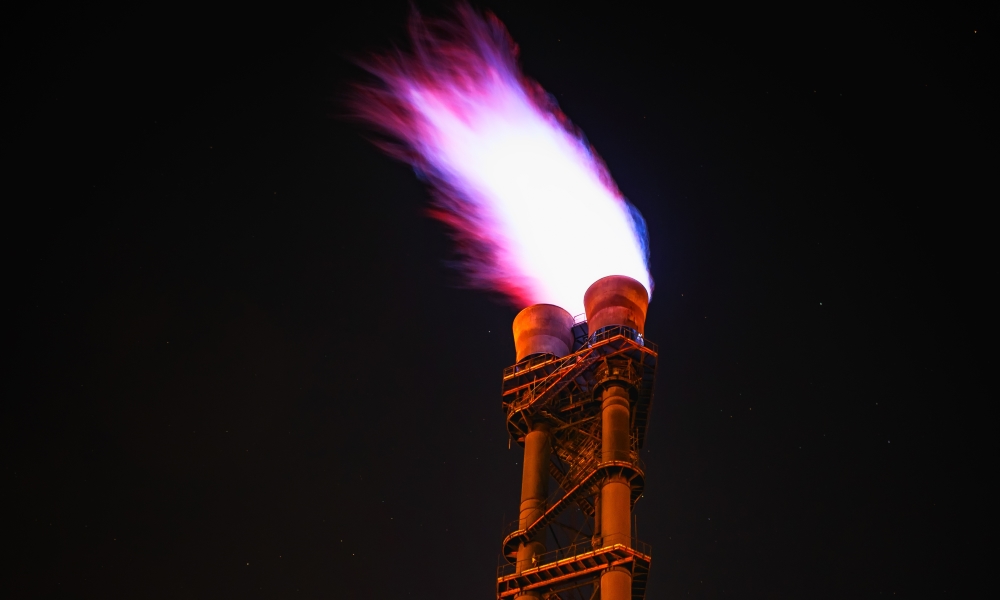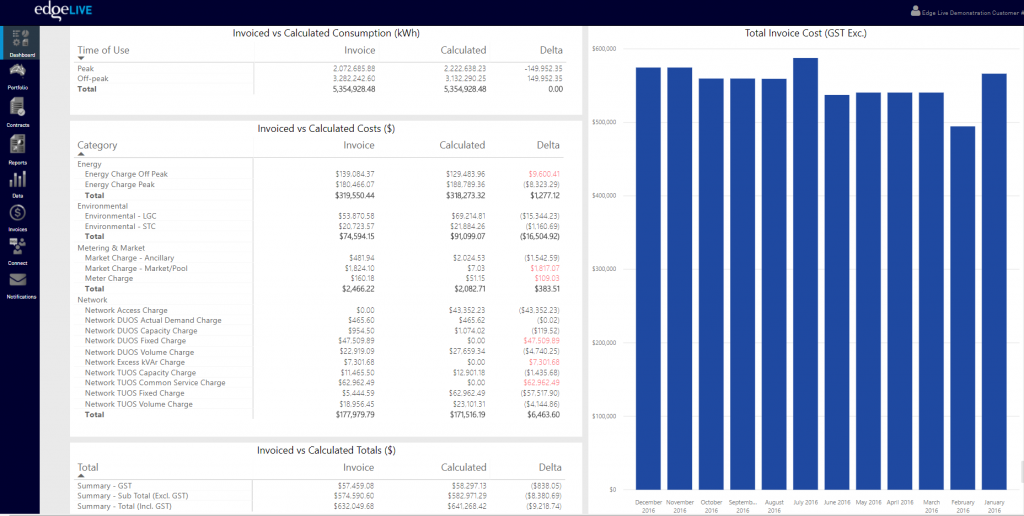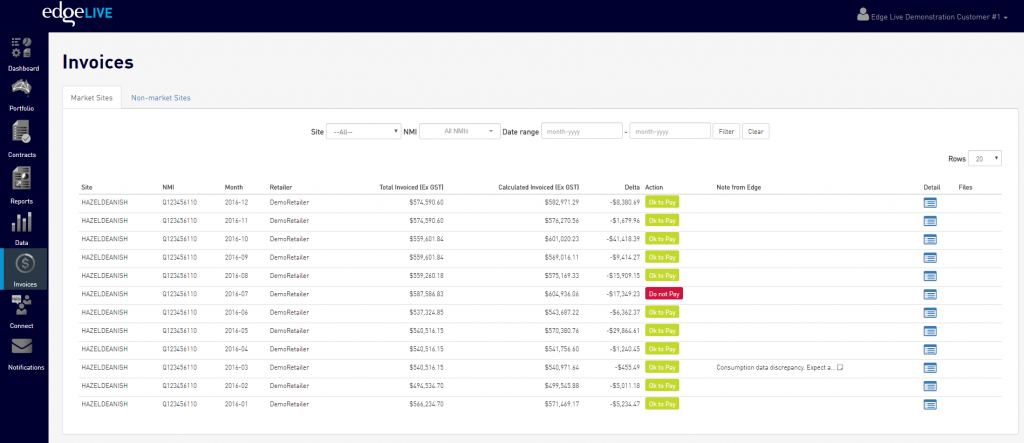
ACCC GAS INQUIRY – INTERIM REPORT
The ACCC released the second interim report into gas supply arrangements in December 2017. In the initial report (released September 2017) it was reported that there would be shortages in gas supply available to east coast consumers in 2018. The report found that buyers of gas were receiving offers from a reduced number of suppliers and that prices offered were above the ACCC’s benchmark prices. It was also noted in the report the lack of participation from the QLD LNG producers in the domestic market. This reported lack of participation from the LNG producers prompted the Federal Government to act. The result was the creation of a Heads of Agreement with the LNG producers which would see additional gas allocated to the domestic market. According to the second Interim Report (released in December 2017), since September 2017 the QLD LNG producers contracted 42 PJ’s of gas under long-term supply agreements to domestic buyers for supply in 2018. The majority of this gas was sold to aggregators and retailers. The ACCC’s forecast for the balance of gas was also updated in the second interim Report and resulted in an improved balance of 75 PJ’s. The change in balance has been driven by a 12 PJ increase in supply and the lower demand from the LNG producers (63 PJ). Whilst on face value the market has gone from deficit to surplus, the balance remains tight and subject to gas producers meeting forecasts.
Table 1. Gas Balance
| September Expected Domestic Demand Scenario (PJ) | December Expected Domestic Demand Scenario (PJ) | |
| Supply | 1,901 | 1,913 |
| Domestic demand | 642 | 642 |
| LNG demand | 1,314 | 1,251 |
| Projected Balance | -55 | 20 |
Source: ACC Gas Inquiry Report – Second Interim
According to the report, there continues to be a shortage of production in the southern states to meet demand (SA, NSW, ACT, VIC and TAS). As a result, these states will continue to rely on gas transported from QLD. Additional costs to transport gas from QLD to VIC and SA are currently between $2/GJ and $4/GJ. Transporting gas south from QLD is not only expensive but due to limited firm capacity in key pipelines is not always feasible. Firm capacity in these key pipelines is predominately booked by the major retailers. It was examined by the ACCC if the major retailers were making spare capacity available to other users on major pipelines through secondary trading. It was found that on the major pipelines this was not the case however, there was some evidence to suggest this may have been occurring on the less critical pipelines. Since the ACCC investigation it has been observed that the retailers have increased the availability of spare capacity to other pipelines participants improving competition.
| FIRM CAPACITY – The amount of transmission guaranteed to be available to the shipper – up to MDQ & MHQ every day
AS AVAILABLE CAPACITY – This capacity is typically spare contracted capacity that is offered on the secondary market. As can be disrupted or delayed, it is not necessarily guaranteed. |
The ACCC expects that transportation costs will start to come down as regulatory reforms begin to take effect.
Domestic prices to large C&I customers were around $16/GJ in early 2017 and even higher for smaller business customers. Since July 2017, it was reported that prices between $8/GJ and $12/GJ were achieved by large C&I customers.
GAS PRICES
Across each of the east coast trading hubs January average prices were higher than the Q417 average.
Table 2. Hub Prices
| Adelaide price ($/GJ) | Brisbane price ($/GJ) | Sydney price ($/GJ) | Melbourne price ($/GJ) | |
| Q417 | $7.14 | $7.68 | $7.12 | $6.20 |
| JAN18 | $ 8.10 | $8.16 | $9.71 | $8.64 |
| FEB18 | $9.29 | $7.33 | $9.71 | $8.67 |
Source: AEMO
Recent news
Four projects have received funding from the South Australian Plan for Accelerating Exploration (PACE) gas program’s second round. The program was designed as part of a suite of measures to increase investment in local gas production and to ease price pressure in South Australia. The four projects to receive funding were:
- $6.89 million for the Santos-Beach Cooper Basin project to deploy a heat-energy recovery system to offset natural gas used to run the Moomba petroleum processing plant
- $5.26 million for the Senex Cooper Basin Gemba exploration/appraisal project
- $6.89 million for Beach /Cooper Energy’s Dombey project in the Otway Basin
- $4.95 million to the Rawson/Vintage Nangwarry project in the Otway Basin
Under the program, gas extracted through the PACE program must first be offered to local electricity generators, enhancing the affordability of supply. Whether the cheaper gas is passed onto end customers by the gas generators is more difficult to say.
Moving north to QLD, Senex’s 100% owned Western Surat Gas Project recently recorded a significant milestone, which was an all-in well cost of $1.2 million. The strong results have promoted Senex’s reputation in the market and has encouraged Project Atlas, which is another Surat Basin project expected to bring first gas in 2019, to be sold to the domestic market.
On 12 December Independent Scientific Inquiry into Hydraulic of Onshore Unconventional Reservoirs in the Northern Territory releases its draft final report. The overall conclusion of the report was:
“The overall conclusion of the Report is that risk is inherent in all development and that an onshore shale gas industry is no exception. However, if the recommendations made in this draft Report are adopted and implemented in full, those risks may be mitigated or reduced – and in many cases eliminated altogether – to acceptable levels having regard to the totality of the evidence.”
Since the release of the draft final report the panel has engaged with the Northern Territory community, Government, Industry, environmental groups, and other relevant stakeholders about the content of the report. This is the last opportunity for the Territorians to express their views on the inquiry.
The final round of regional consultations concluded mid-February and the final day for submissions due to the panel is 25 February 2018. At this stage the panel has committed to providing the Final Report to the government in March 2018.
If you would like to know more about what is happening in the gas market and how your business may be affected, please call Edge on 07 3905 9220 or contact your Edge Portfolio Manager.






